When I think of the six warfighting functions I always think of J.R.R. Tolkien’s The Lord of the Rings.
What, you don’t?
Let’s be honest, one does not immediately think of fantasy or science fiction when conversations turn to Army doctrine. Most vignettes that are used to make the subject understandable to the lowly minds of company grade officers are either historical or situational. And while there is nothing wrong with this technique, are we perhaps overlooking a missed opportunity for providing a broader understanding of our doctrine?
Bear with me here.
Most of you know of my affinity for all things Star Wars, and how – as a military conflict with socio-economic and political undertones – it can actually be used to make doctrinal concepts more relatable to the average Soldier. Star Wars also has the benefit of being a significant part of American culture – more people will have watched Star Wars than will have watched Band of Brothers, in all likelihood. Fiction – in all its forms, not merely historical fiction – is a useful tool for making what are often bland and dry doctrinal concepts relatable to military personnel.
Which leads me to my problem statement for this impromptu mission analysis that I am forcing you into: how did the forces of Gondor wage unified land operations versus the forces of Sauron at the Battle of Minas Tirith? More specifically, how can a primarily infantry force defend against a numerically superior enemy that possesses significant air assets, fires superiority, and freedom of movement and maneuver?
Couched in these terms, the problem statement resembles the complex situation faced by our brigade combat teams in a potential peer-to-peer engagement.
The situation – for those who do not remember it – is as follows: the forces of Gondor have been driven back from their forward defensive strongpoints along the Anduin River in the population center of Osgiliath. The withdrawal had been conducted in an orderly manner until the rear guard covering the retreat came under air attack by the Nazgul, which used their air superiority to drive the defenders into a panic. Most significantly, this air sortie wounded the primary land component commander, Faramir, depriving the forces of Gondor of their most effective warfighter.
More than 30,000 orcs and men of the forces of Sauron then enveloped the battle positions around Minas Tirith and began a siege of the 4,000 or so defenders of the city, which was primarily an infantry force with little in the way of cavalry or artillery. Significantly, the defenders possessed virtually no anti-air defenses, allowing the Nazgul freedom of movement around the battlefield – a dangerous proposition as the Nazgul also wielded considerable psychological damage (not unlike the sound of Stuka dive bombers in World War II). The greatest asset for Gondor was the wizard Gandalf – a force multiplier by any definition of the term – who was serving as the principle mission command adviser to Denethor. The objective for Gondor was to maintain their battle positions and hold out until reinforcements could arrive. However, lines of communication were cut during the siege and Gondor could not be sure that cavalry reinforcements from neighboring Rohan could arrive in time to save the city. This uncertainty weighed heavily on the forces of Gondor.
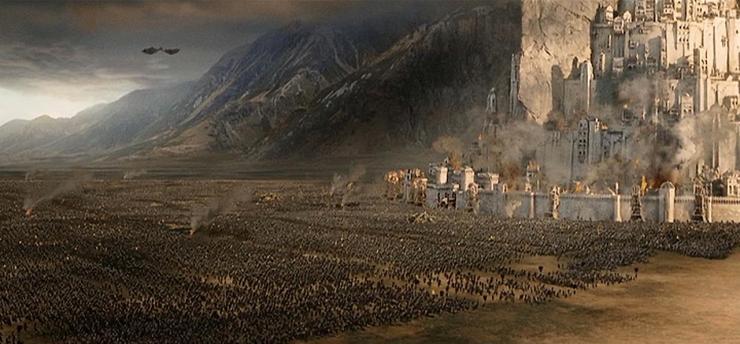
As a good staff officer, I turn to Army Doctrinal Publication 3-0, Unified Land Operations to understand the problem through the six warfighting functions. And given that J.R.R. Tolkien himself was a British signal officer during World War I, it would be appropriate to start out with mission command.
Mission Command
Ah, mission command, that which drives the operations process and provides vision, direction, and leadership for subordinate commanders. Unfortunately for Gondor, mission command was…lacking. Denethor, the leader of Gondor’s primary land forces, had been compromised by enemy counter-intelligence activities via the Palantir (ironically, also the name of a much-reviled intelligence system used by the U.S. government) – an intelligence system that he thought could help him view the battlefield. In fact, the Palantir had been hacked by Sauron, who was feeding false information to Denethor. Denethor thus lost his nerve and developed a fatalistic attitude that rendered him useless on the battlefield. The wounding of his son Faramir additionally contributed to his depression and he became combat ineffective during the battle, without ever relinquishing command. He would eventually commit suicide due to his inability to see any hope in the ongoing operation.
Luckily for Gondor, Gandalf then assumed command of all land forces, despite his position as a primary staff advisor to Denethor.
Yeah, that’s right, a staff officer took over operations.
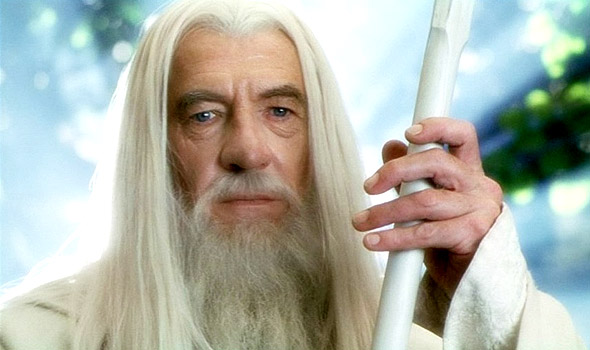
Gandalf immediately provided vision and direction to the city’s defenders at a critical moment, as the forces of Sauron were conducting a breaching operation on the gates of Minas Tirith utilizing a battering ram named Grond. Arriving at the enemy point of breach, Gandalf rallied the forces in the engagement area, organized the defense, and directly opposed the primary enemy air and land component commander, the Witch-king of Angmar. The Witch-king was Sauron’s chief captain and commander of the Nazgul. Under his supervision, Sauron’s forces breached the main perimeter to the city and the Witch-king moved through the point of penetration into the far side of the breach, where he was confronted by Gandalf. The two land component commanders were prevented from close combat by the arrival of the primary maneuver element: the forces of Rohan.
Gandalf’s successful utilization of mission command through providing clear and concise direction to the city’s defenders allowed the forces of Gondor to provide space for time and hold out long enough for relief.
Movement and Maneuver
The forces of Gondor had little in the way of movement and maneuver while trapped in their siege. Their primary mobility force came in the form of their ally in Rohan, which could provide 6,000 mounted assets to relieve pressure on the besieged city and permit the forces of Gondor to mount a counterattack. These forces arrived in the rear of the enemy, just as the Witch-king had successfully breached the walls of Minas Tirith. Rohan’s forces were led by Theoden, who split his assets into a fixing force and an assault force. Both forces assaulted across the Pelennor Fields, a wide open area that was ideal for conducting mounted operations.
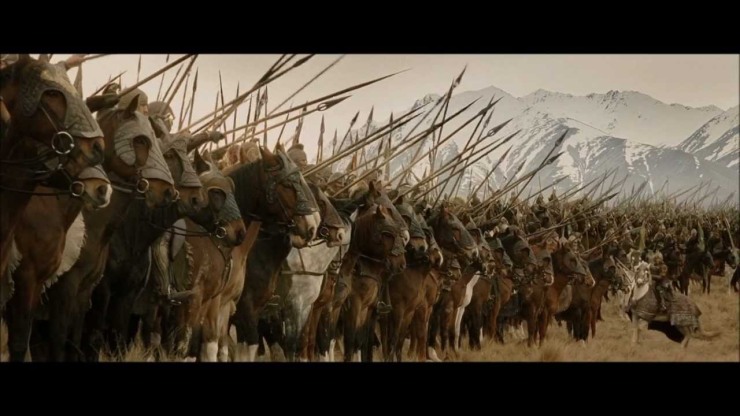
The fixing force executed an assault on enemy fires and engineer capabilities around the walls of Minas Tirith, neutralizing the enemy threat to the city, reopening lines of communication with Gondor, driving back the enemy screening Haradrim cavalry, and forcing the Witch-king to deploy his forces against the threat to his rear and flank.
The assault force struck the enemy right flank, using mobility to mass their forces quickly and overmatch the enemy infantry. The Witch-king himself went air-mobile, utilizing close air support to mortally wound Theoden. Command devolved to his nephew, Eomer. At this crucial force in the battle, the human dimension – much maligned these days – played an important role, as Theoden’s niece Eowyn emerged to challenge the Witch-king to direct combat. She was aided by a guerrilla fighter named Merry, a hobbit. Although Eowyn was wounded, she and Merry combined to render the Witch-king combat ineffective by depriving him of his earthly body.
However, even though the assault force and fixing force had been initially successful, the Witch-king’s second in command, Gothmog, brought up his substantial reserves to counter the attack. Lacking an exploitation force, the forces of Rohan were helpless to prevent the enemy from occupying the center of the Pelennor Fields, effectively driving a wedge between the city and its maneuver assets. The counter-attack of the riders of Rohan seemed to be doomed to failure as the enemy massed their forces to reclaim the initiative.
Intelligence
We have already noted how the intelligence assets of Gondor had been compromised by Saruman. However, due to good compartmentalization, the enemy was not aware that Gondor did have one small Special Forces strike group in the area of operations. Since Gandalf executed solid knowledge management by not sharing his knowledge of the strike group’s existence to Denethor, the enemy was caught off balance by its arrival.
Utilizing psychological warfare operations, this strike force – lead by Aragorn and other elements of the Rangers of the North, as well as SOF assets Legolas and Gimli – had overcome the main port of the Corsairs of Umbar, which would have provided the enemy with riverine capabilities to rapidly mass reinforcements at the Pelennor Fields. The Special Forces manned the boats, augmented by troops from southern Gondor who had been initially cut off from the main body. Utilizing deception, these forces moved up the Anduin River flying false flags of the Corsairs so that they were not neutralized by enemy shore batteries. Once in sight of the battle, Aragorn raised his true colors, that of the King of Gondor, raising morale in the forces of Rohan and shocking the forces of Sauron.
With Aragorn’s augmented strike force advancing from the river and a renewed assault from the riders of Rohan led by Eomer, the enemy was caught in between the two maneuver elements and had no opportunity to retrograde. In addition, Prince Imrahil led the besieged infantry in Minas Tirith in a sortie that cut off the enemy’s avenues of escape. These three forces combined to completely destroy the enemy on the Pelennor Fields, ensuring a complete victory for the Captains of the West.
Fires
The forces of Sauron achieved near complete dominance in fires from siege weaponry during the battle. While Minas Tirith had limited counter-battery from the city’s organic defenses, they could not achieve the range of the enemy’s siege weapons are were therefore only useful as anti-personnel weapons. Fire superiority enabled the forces of Sauron to gain space for engineer breaching assets to reach the main gate and breach it. However, the lack of adequate protection for fires assets doomed the forces of Sauron when the counter-attack from Rohan struck.
Sustainment
Gondor’s sustainment came in the form of massed supplies of Class I and Class V that had been kept in the city for years, ensuring that it could hold out against a prolonged siege. A Role III medical facility within the city’s walls ensured that wounded combatants received swift aid within the “Golden Hour.” This was further enhanced by the arrival of Aragorn, who in addition to being a warfighter was also a skilled health support specialist. Utilizing an overlooked medical specialty, he was able to counter the effects of the deadly so-called “Black Breath,” – a CBRN agent employed by the Nazgul – saving the lives of Eowyn, Faramir, and Merry, amongst others.
Protection
Protection is the warfighting function related to preserving the combat power of a force. The concentric rings of city walls in Minas Tirith – seven in all – provided successive fallback battle positions for the defenders, with the Citadel being the final defensive position. The main avenue approach to the city snaked back and forth up the mountain that the city was built into, providing excellent fields of fire to the defenders and exposing any enemy in the streets to a brutal fire from multiple directions. Final protective fires from expert archers covered the final battle position in the Citadel. Each of the seven gates was password-protected, requiring encryption to pass through each.
The Main Gate was breached early in the operation by the Witch-king, through engineer breaching combined with a denial of service attack by the Witch-king, whose cyber capabilities enabled him to operate across multiple domains.
Summary
Through utilizing the six warfighting functions, the Captains of the West were able to preserve their combat power, protect critical information nodes, deceive and confuse the enemy as to their true intentions, and finally mass key maneuver assets at critical points in the enemy lines. This led to an eventual tactical victory that reversed the course of ground operations in the War of the Ring.
Tolkien is assuredly cursing me profoundly in the afterlife.
Enjoy what you just read? Please share on social media or email utilizing the buttons below.
About the Author: Angry Staff Officer is an Army engineer officer who is adrift in a sea of doctrine and staff operations and uses writing as a means to retain his sanity. He also collaborates on a podcast with Adin Dobkin entitled War Stories, which examines key moments in the history of warfare.
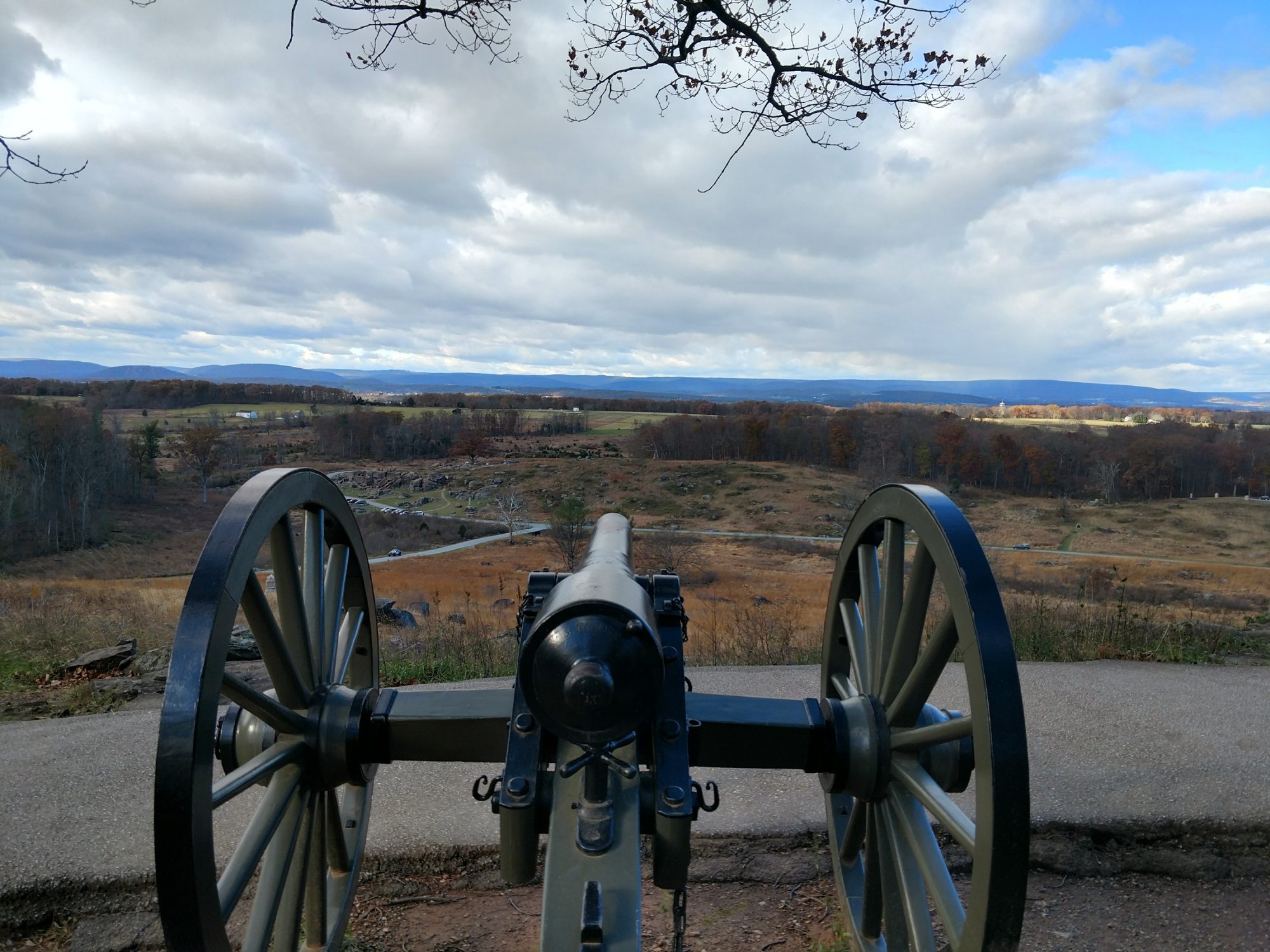
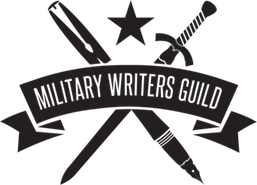
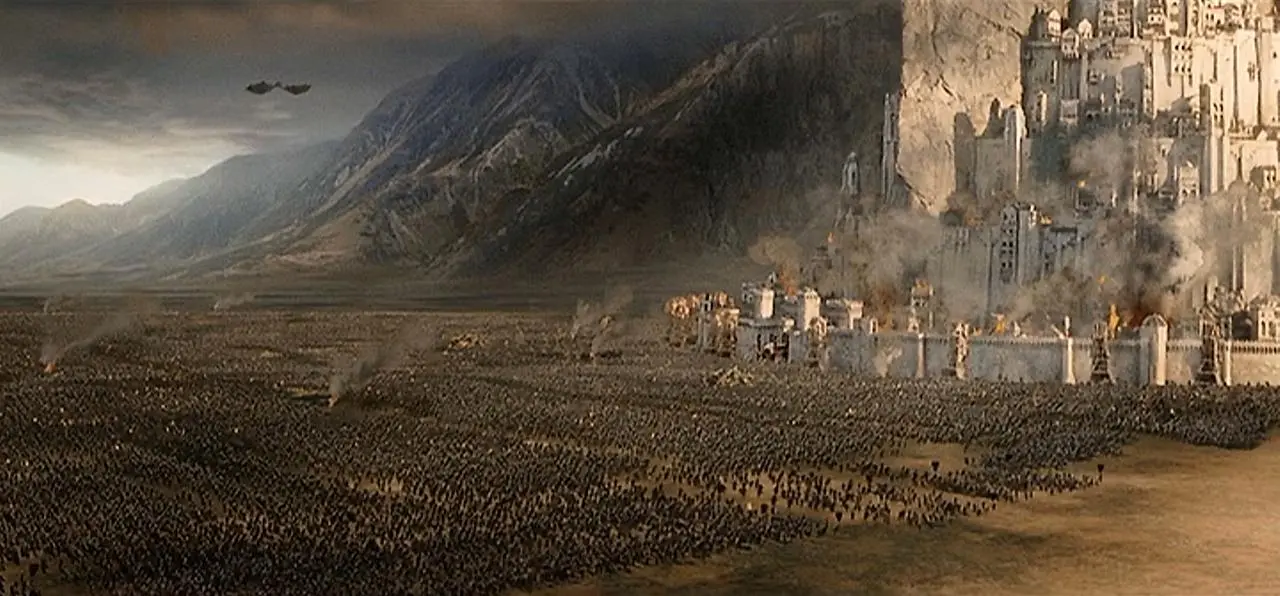

12 Replies to “Warfighter: Middle Earth”
Comments are closed.